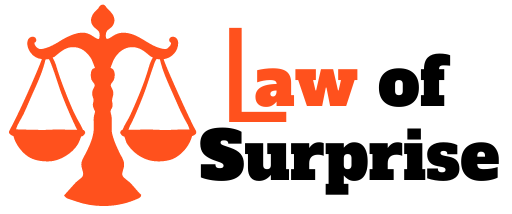In recent years, decentralized district planning has emerged as a critical tool for empowering local communities and ensuring sustainable development at the grassroots level. The National Resource Cell for Decentralized District Planning (NRCDDP) plays a pivotal role in facilitating this process in countries around the world. In this article, we will delve into the significance of decentralized planning, the functions of the NRCDDP, and how it is empowering communities to shape their own development trajectories.
Understanding Decentralized District Planning
Decentralized district planning is a bottom-up approach to planning and decision-making that enables local communities to actively participate in identifying their needs, setting priorities, and formulating development strategies. Unlike traditional top-down models, which are often disconnected from local realities, decentralized planning ensures that the voices of community members are heard and that policies are tailored to meet their specific requirements. By promoting inclusive governance and participatory processes, decentralized planning fosters accountability, transparency, and social equity.
Key Features of Decentralized Planning:
– Participation: Involving local stakeholders in decision-making processes.
– Empowerment: Building capacities and enhancing the agency of communities.
– Local Specificity: Tailoring development interventions to suit local contexts.
– Sustainability: Fostering long-term, community-driven solutions.
The Role of the NRCDDP
The National Resource Cell for Decentralized District Planning serves as a knowledge hub and capacity-building center for governments, policymakers, and local stakeholders involved in decentralized planning initiatives. The NRCDDP provides technical assistance, training programs, and research support to help strengthen the institutional frameworks for decentralized planning and enhance the capacities of local institutions and communities.
Functions of the NRCDDP:
1. Policy Advocacy: Promoting the integration of decentralized planning principles into national policies and programs.
2. Capacity Building: Conducting training sessions and workshops to enhance the skills of local government officials, community leaders, and civil society organizations.
3. Knowledge Management: Documenting best practices, case studies, and lessons learned to inform decision-making processes.
4. Networking: Facilitating partnerships and collaboration among stakeholders working on decentralized planning initiatives.
5. Monitoring and Evaluation: Developing tools and frameworks to assess the impact and effectiveness of decentralized planning interventions.
Empowering Communities through Decentralized Planning
Decentralized district planning has the potential to transform the way communities engage with the development process. By placing decision-making power in the hands of local stakeholders, decentralized planning empowers communities to take ownership of their development agenda and drive meaningful change. Through inclusive participation and dialogue, communities can articulate their vision for the future, identify local priorities, and mobilize resources to address critical challenges.
Benefits of Empowering Communities:
– Ownership: Communities feel a sense of ownership and responsibility for the development process.
– Inclusivity: Marginalized groups have a platform to voice their concerns and influence decision-making.
– Innovation: Local solutions are often more contextually relevant and sustainable.
– Social Cohesion: Collaborative planning fosters solidarity and collective action within communities.
FAQs: Frequently Asked Questions
- What is the difference between centralized and decentralized planning?
-
Centralized planning is top-down, where decisions are made at the national or regional level, while decentralized planning involves local communities in decision-making processes.
-
How does decentralized planning promote sustainable development?
-
Decentralized planning ensures that development interventions are tailored to local needs, fostering long-term sustainability.
-
What role do local governments play in decentralized planning?
-
Local governments act as key actors in implementing decentralized planning initiatives and ensuring the participation of communities.
-
How can communities get involved in decentralized planning processes?
-
Communities can participate through consultations, community meetings, and representation in local planning bodies.
-
What are some challenges associated with decentralized planning?
- Challenges include capacity constraints, resource limitations, and the need for effective coordination among stakeholders.
In conclusion, the National Resource Cell for Decentralized District Planning plays a crucial role in advancing decentralized planning initiatives and empowering communities to shape their own development trajectories. By strengthening local capacities, fostering inclusive governance, and promoting participatory processes, decentralized planning holds the potential to address complex development challenges and build resilient, sustainable communities from the ground up.

